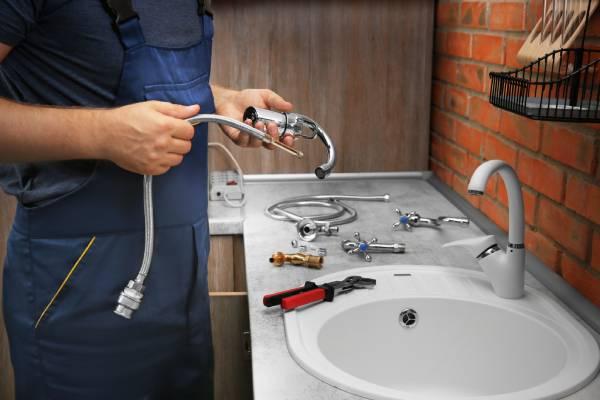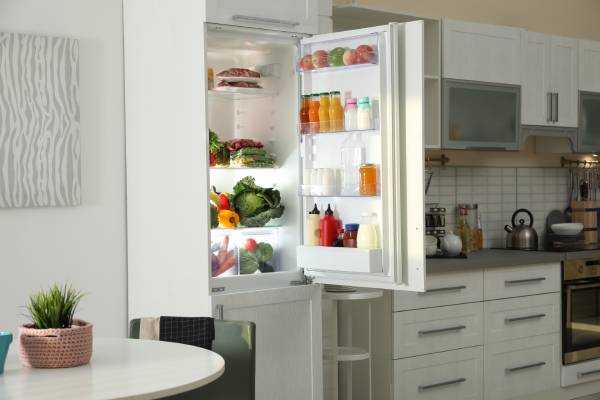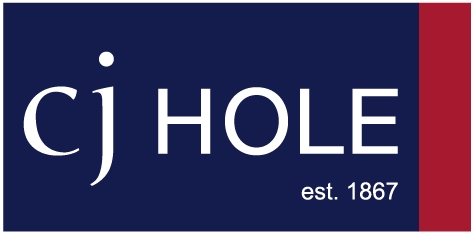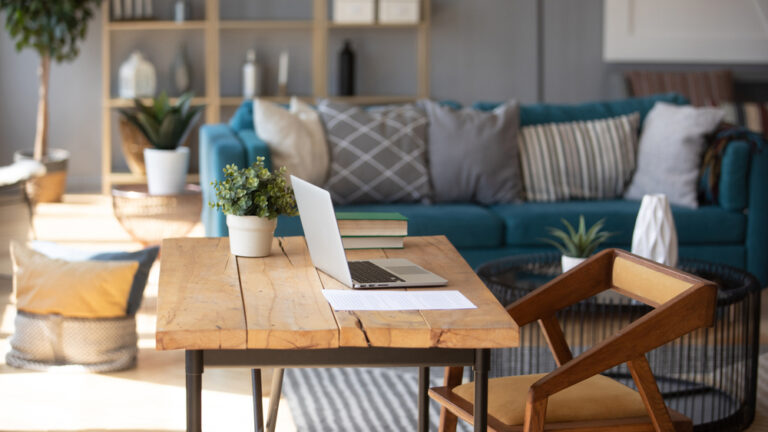If you’ve ever bought or sold a house, or are going through the process right now, you’ll almost certainly have heard the phrase ‘fixtures and fittings’.
But while it might seem obvious what fixtures and fittings are, when it comes to a property sale it’s worth knowing a little more.
Because, believe it or not, even the smallest of items can cause contractual issues during the sales process.
First, though, let’s look in more detail at what fixtures and fittings are…
What are fixtures and fittings and what’s the difference between them?
Essentially, fixtures are items in a property that are attached to the building.
Or ‘fixed’ if you prefer.
Fittings, meanwhile, are items that aren’t attached to the property, unless by a screw or nail.
Both buyers and sellers would be right to assume that fixtures will be included with a property sale as these are ‘fixed’.
Fittings, however, generally would not be included, as these would be items owned by the seller who would take them to their next property.
Fixtures and fittings examples
Examples of fixtures and fittings include:
Examples of bathroom fixtures

• Light fittings
• Radiators
• Towel rails
• Basins
• Showers
• Bathtubs
• Toilets and cisterns
• Plug sockets
Examples of bathroom fittings
• Toilet seats
• Shower curtains
• Toilet roll holders
• Bathroom furniture
• Soap dispensers
• Shelves
Examples of kitchen fixtures

• Faucets
• Sinks
• Dishwaters
• Boilers
• Ovens
• Hobs
• Integrated fridges and freezers
• Worktops
• Islands
• Units
Examples of kitchen fittings
• Free-standing furniture
• Free-standing appliances
• Kitchenware
• Pictures
• Hung mirrors
What fixtures and fittings do you leave when selling a house?
Fittings could include items like free-standing furniture and appliances, kitchenware, pictures and hanging mirrors.
Fixtures, though, would include integrated appliances, kitchen units and worktops, carpets, doors and bathroom suites, as well as the boiler and heating system.
Shelving, curtain rails, blinds and wall cabinets are technically fixed to the house, but as they are easily removable, they would generally fall into the fittings category.
However, despite light fittings being easily removed, these would be classed as a fixture – although wouldn’t necessarily always be left behind by the seller.
And that’s where the legal part comes in and why it’s hugely important to any sale, so both the buyer and the seller are clear on what is left behind and what is taken away.
Fixtures and fittings when buying a house
Both buyers and sellers can sometimes have the opportunity to negotiate on fixtures and fittings.
If a buyer, for example, finds the seller is unwilling to budge on a property’s asking price, they could request that all white goods are left behind if they are to pay the full price.
Alternatively, a seller might find that a buyer is unwilling to increase their offer to an acceptable figure, so they might wish to offer some fixtures and fittings if the buyer would be willing to bring their offer up a notch.
The fixtures and fittings form (TA10)
Despite many fittings being of low value, disagreements can occur between buyers and sellers, so the TA10 form is in place to avoid that.
Imagine if you were buying a house and turned up with the keys on completion day to find that either the entire property had been stripped bare by the seller, or that they’d left behind everything they didn’t want to take with them. The TA10 form means that cannot happen, as both buyer and seller agree what stays and what goes as part of the contract of sale.
Sellers should be given a copy of the TA10 form to complete by their solicitor and they should go through their property, a room at a time, and decide what fixtures and fittings they wish to leave behind and what they wish to take with them.
Once the form is completed, the seller’s solicitor will hand it over to the buyer’s solicitor for their client to go through and raise any queries.
Sometimes buyers and sellers will negotiate, through their solicitors, over certain items – for example, a free-standing fridge freezer that the buyer requests is left behind.
Conflict between buyers and sellers over fixtures and fittings is common and can sometimes result in legal action that costs more than the value of the item being disputed!
The TA10 form is in place for clarity on fixtures and fittings and should mean both buyer and seller are clear and know where they stand.
What’s the law on fixtures and fittings?
Legally, the seller is expected to leave the property in question in a ‘reasonable’ condition, allowing for wear and tear between exchange of contracts and completion.
They are also obliged to leave behind all contents stated in the contract of sale (via the TA10 form) so, if a buyer turns up to find all the white goods have been taken, that could be deemed a breach of the sales contract. Legal procedures can be costly, however, and as unfair as it is, sometimes it is simply not worth a buyer’s while to go down that path.
Should you find yourself in a dispute over fixtures and fittings, speak to a legal advisor about your options.
If you have any questions about the process of buying or selling a property, speak to your local CJ Hole office who can answer any questions you may have.
Further reading…
If you’re a landlord thinking of selling your rental property, you might have to decide whether to seek possession of sell it tenanted. Our guide explains everything you’ll need to consider.
Our guide for first-time sellers, meanwhile, is packed full of tips if you’re selling a property for the first time.





